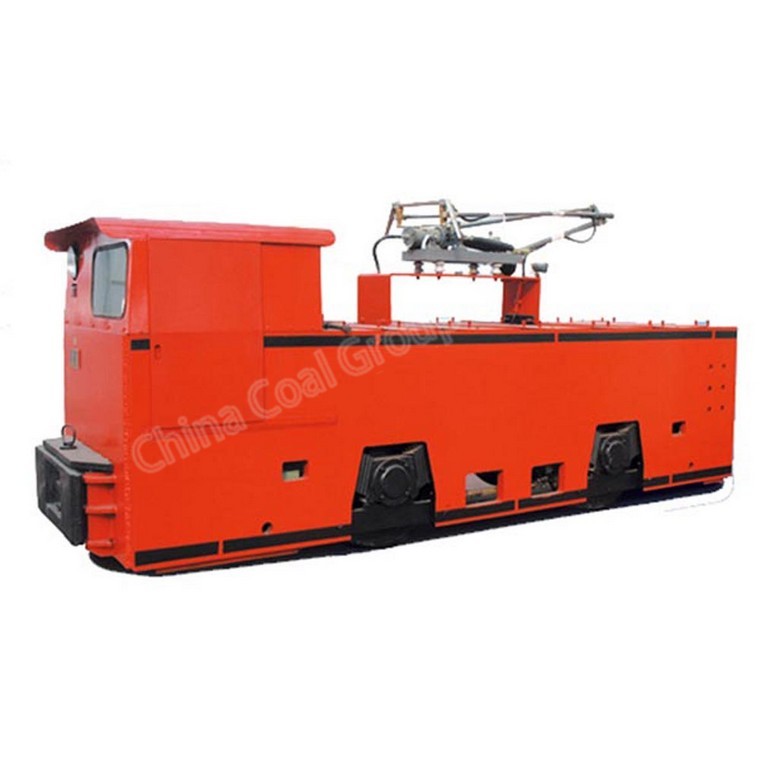Discussion On The Bearing Of Hydraulic Transmission System Of Diesel Locomotive
Date:2018-11-21 Label:
locomotive diesel
locomotive
electric locomotive
As you know, the hydraulic transmission system of diesel engine usually consists of three hydraulic transmission boxes, universal joint shaft and shaft gear box. Do you understand the relevant functions and working structure of these three? electric locomotive The following bearing related professors will give us a detailed discussion:
1. The main components of the central gear box are the input shaft and the output shaft, each of which has two gears; the gear on one axis is the shift gear; the shaft and its gears have a collective structure; diesel locomotive one gear is connected with the shaft to transmit power, and the other gear is idle in this case.locomotive diesel Shift gears and diffusers are often placed on the input shaft because the input torque is greater than the output torque.
2. Shaft gearbox bearings axle gearbox transmits the output torque of the hydraulic transmission box or the central gearbox to the shaft, which reduces the speed and changes the longitudinal rotation to the lateral rotation. The first gearbox has a pair of bevel gears. The reducer has two stages of reducer and a pair of cylindrical gears. According to the different locomotive diesel gear deceleration stages, the latter has two kinds of arrangement methods:electric locomotive "the first post-cone" and "the first post-cone".
3. The working mode of the bearing hydraulic transmission box of the hydraulic transmission box is to pull the train; the power of the diesel engine is converted into the power of the driving locomotive through the hydraulic torque converter to realize dynamic braking; electric locomotive the hydraulic braking absorption t utility model is used to install a plurality of shafts in the hydraulic transmission box, and the bearings of each shaft are used in conjunction with the rolling bearings.
After the above discussion, do you not increase the understanding of these three? Thank you for reading!
